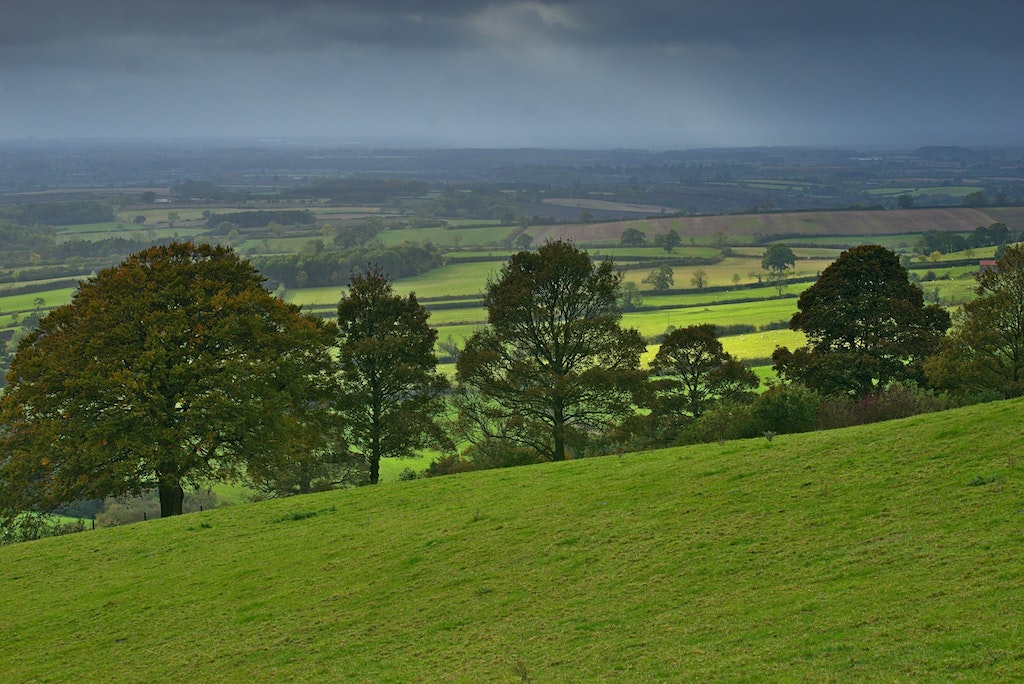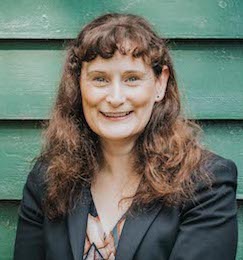
Building a long-term vision for the countryside – what can we take from #Rural2040?
On 30 June 2021, the European Commission published a long-term vision for rural areas. What does the vision contain, will it help rural communities and businesses reach their full potential in the coming decades, and will it raise the profile of the countryside amongst policy makers? Jessica Sellick investigates. Under the strapline of ‘a […]

Finding a place to call ‘home’: what more can be done to plug the rural housing gap?
Despite numerous consultations, announcements, funding packages, targets and interventions by successive Governments the housing gap remains – with the number of households [demand] outstripping the houses built [supply]. While rural places are often viewed as idyllic places to live, work and enjoy they face particular issues around affordability, accessibility and contain more second / holiday […]
![fire extinguisher From community to brigade: the changing role of fire [cover] and rescue services in rural places](https://ruralwords.co.uk/wp-content/uploads/2021/06/fire-extinguisher.jpg)
From community to brigade: the changing role of fire [cover] and rescue services in rural places
While the core work of fire and rescue services has always been firefighting, they also respond to a wide variety of other incidents – from flooding and road traffic accidents to people stuck in machinery. When someone dials 999 they are experiencing a crisis that could be life threatening; and they require and expect a […]

If oral health matters, how can we prevent rural residents pulling their teeth out?
Everyone experiences oral health problems at some stage of their life; and the mouth and oral cavity is central to people’s wellbeing and identity. While oral diseases are largely preventable, they often remain untreated and persist. With the need to improve oral health impacted by COVID-19 yet recognised as a major public health issue, what […]

Taking a longer-term view: do we need a new intergenerational contract?
Back in May 2018 the House of Lords appointed a Select Committee on Intergenerational Fairness and Provision. The Committee, which published its report in April 2019, found that while the relationship between older and younger generations was defined by mutual support and affection; an ageing population, the global financial crisis and successive Government policies had […]



![regulation Going for [rural] growth – how can regulators make a difference?](https://ruralwords.co.uk/wp-content/uploads/2025/03/regulation-1024x683-128x68.jpg)

